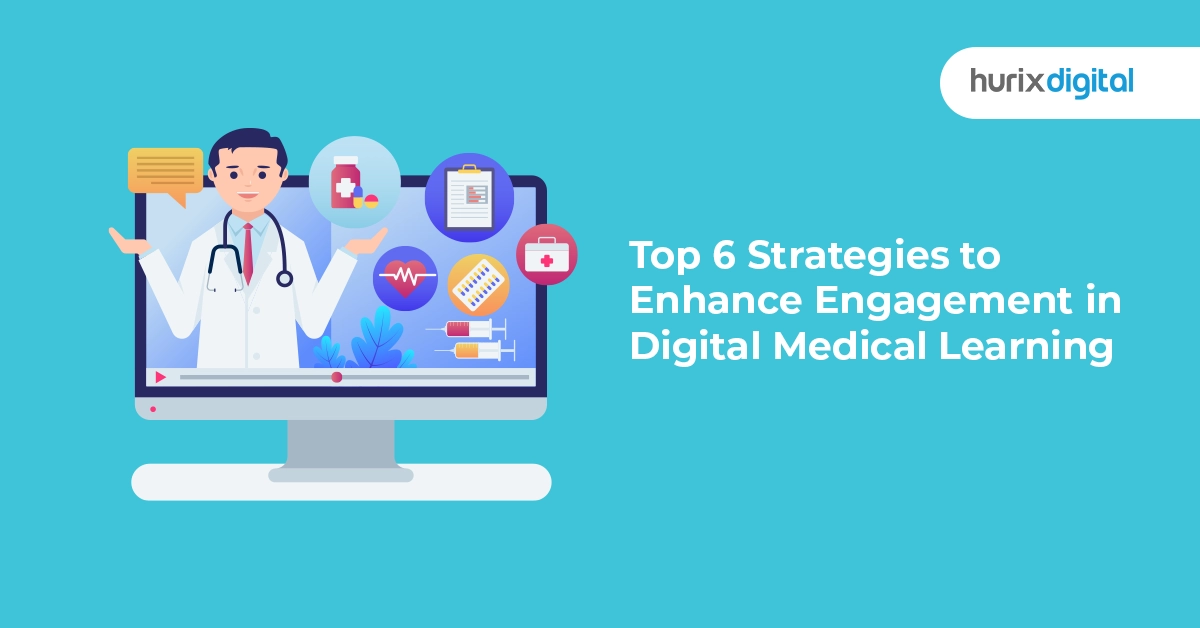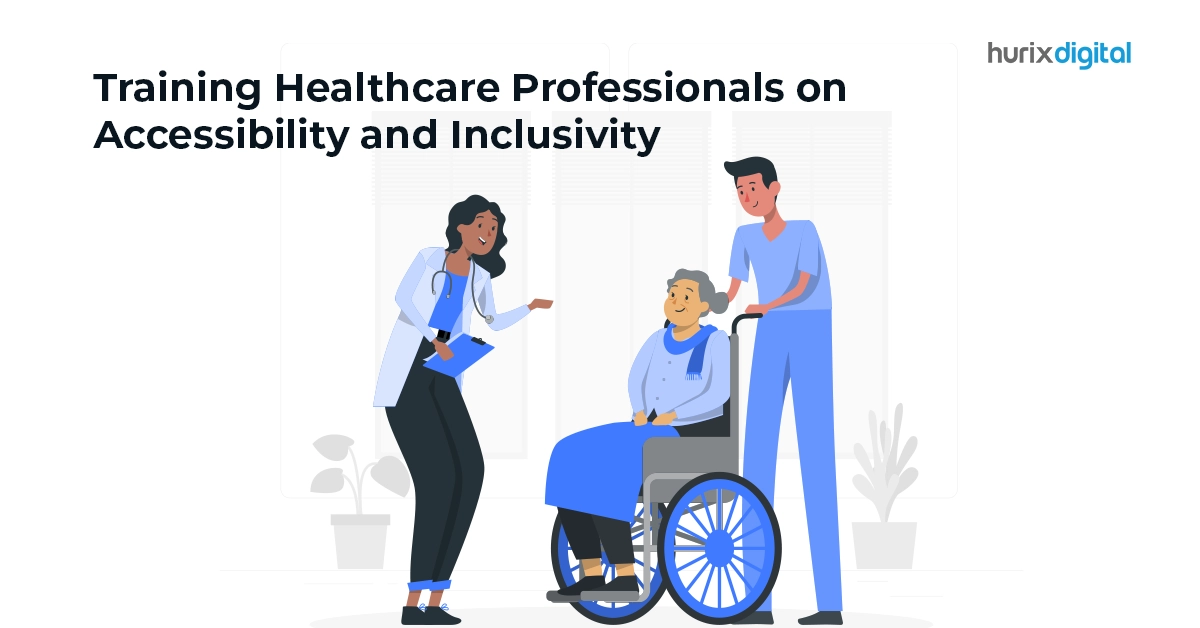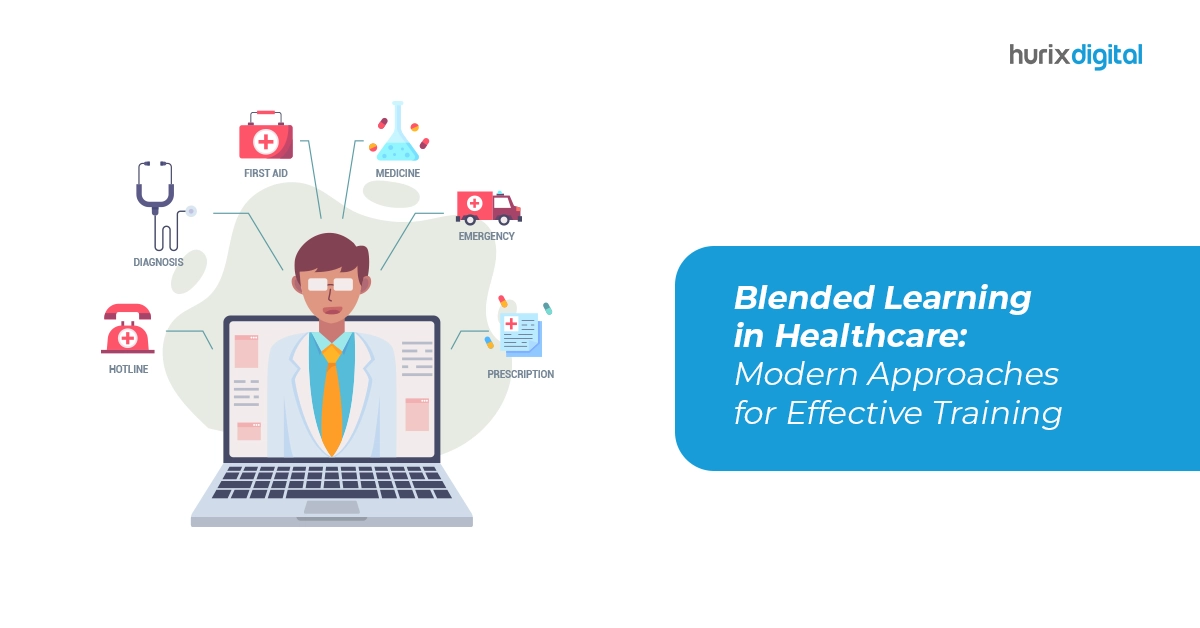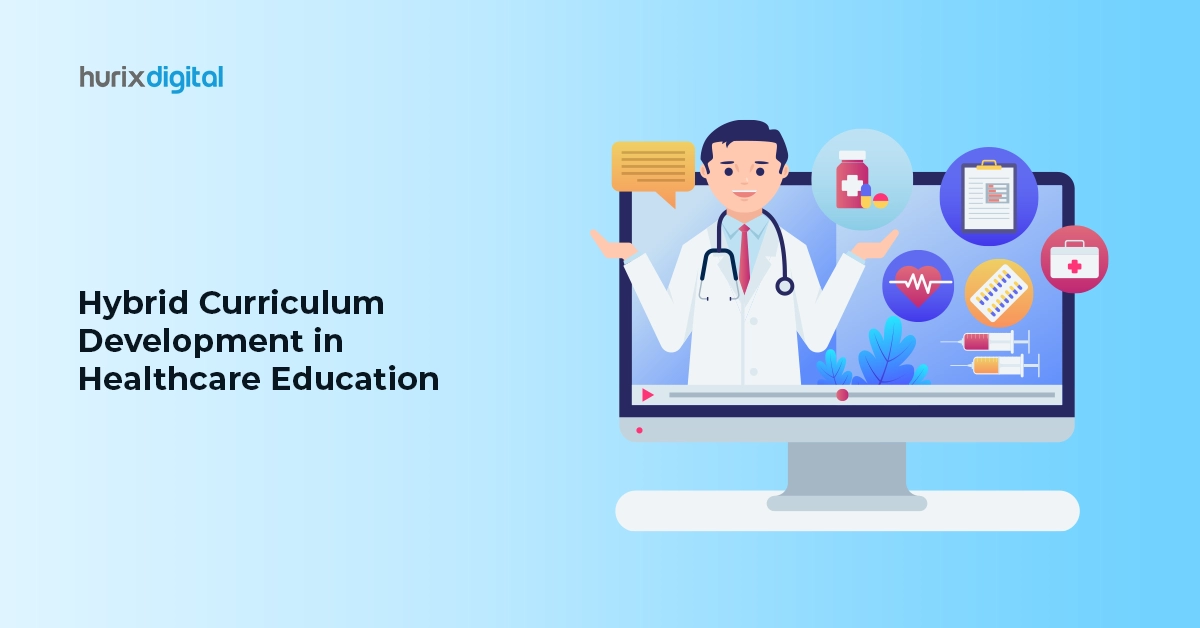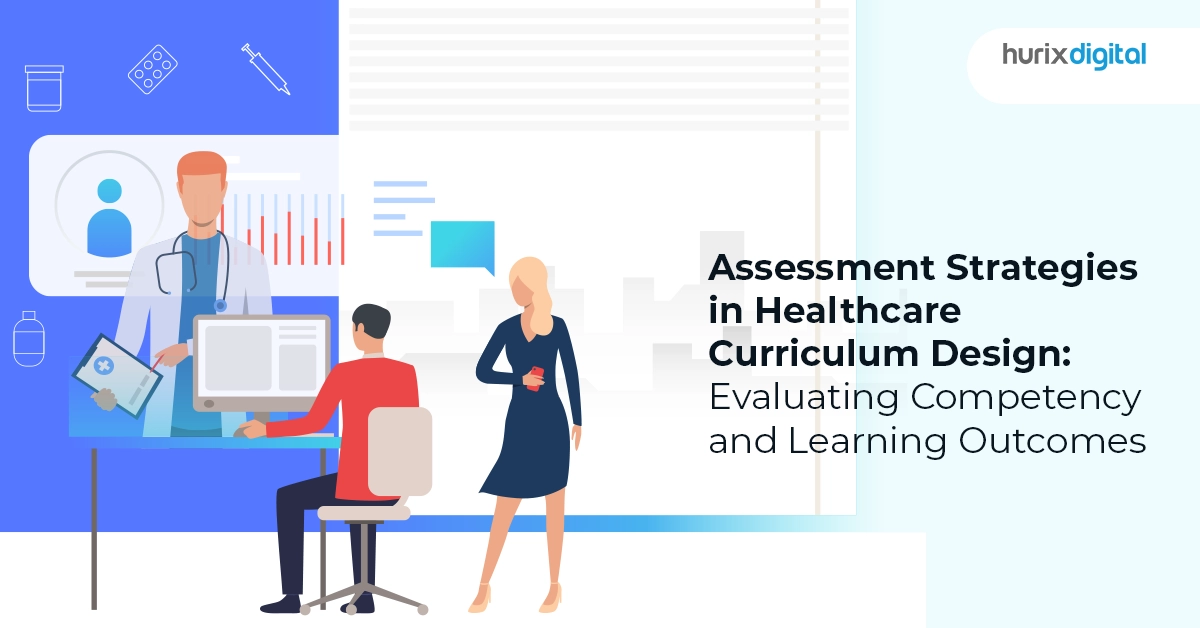
Assessment Strategies in Healthcare Curriculum Design: Evaluating Competency and Learning Outcomes
Summary
Explore strategies for assessing competency and learning outcomes in healthcare education. This article provides insights into effective assessment practices.
Students in conventional healthcare learning are typically taught through lectures, textbooks, and hands-on experiences. These methods have advantages, but they also have limitations.
A significant limitation is the absence of practical experience and exposure to real-life scenarios. It leaves students feeling unprepared to deal with actual patients due to the lack of practice in a safe setting.
This is where assessments in healthcare curriculum design come into the picture!
Assessments are crucial for curriculum design in healthcare education. They prepare students for their profession and help educators understand the students’ competencies and skills, which allows them to tailor their learning experience to meet industry demands.
Today, we’ll learn the importance of assessments in healthcare education. We’ll look at different strategies and discuss how they influence curriculum design.
Table of Contents:
- Importance of Assessment in Healthcare Curriculum Design
- Types of Assessment in Healthcare Curriculum Design
- Strategies for Assessing Competency in Healthcare Education
- Evaluating Learning Outcomes in Healthcare Curriculum Design
- Wrapping Up
Importance of Assessment in Healthcare Curriculum Design
Assessment is a crucial tool in healthcare curriculum design. It helps improve teaching, identifies areas for improvement, and gives feedback on your learning. Assessments show if the program is effective and meets accreditation requirements.
The main goal of assessment is to improve the student’s learning and the teacher’s teaching. It helps both of them respond to the information the curriculum provides. Assessment for learning is an ongoing process that comes from the interaction between teaching and learning.
In medical education, assessment has many purposes. These include:
- Grading or advancing students
- Licensing them for practice
- Giving students feedback on their learning
- Helping teachers evaluate their teaching
- Monitoring the curriculum
- Certifying students
- Maintaining academic standards
By thinking about these purposes, the educator can decide on the best assessment method to use.
Also Read: How Data Mining is Revolutionizing the Healthcare Industry?
Types of Assessment in Healthcare Curriculum Design
Below are some of the different types of assessment in healthcare curriculum design.
1. Formative Assessment
Formative assessment helps you understand how you’re doing and how to improve. It’s a way to see what you’re good at and where you need to work harder. This type of assessment helps you:
- Know your strengths and weaknesses
- Focus on what you need to learn
- Learn how to get better at things
- Track your progress over time
In competency-based medical education (CBME), formative assessment can be used to check your understanding and skills regularly. It can be done as often as needed and focuses on specific topics. It can also be used with virtual patients to find out what you’re struggling with and how to improve.
2. Summative Assessment
Summative assessment is crucial in healthcare education. It’s used for important decisions like graduation certification and continuing medical education recertification.
To be reliable, these assessments must be based on solid processes and data. Current methods, like written or oral exams, aren’t perfect and need improvement to benefit programs, learners, and patients.
A good summative assessment should mirror real clinical practice to accurately assess competencies. While some see oral exams as a form of verbal simulation, hands-on simulation can complement current assessments and make them more accurate by assessing necessary competencies.
Simulation is now a key part of healthcare education, offering training in technical and non-technical skills across all areas. It adds value to education, especially with feedback and formative assessment. As simulation is already widely used in formative settings, using it for summative assessment is the next logical step.
3. Performance-based Assessment
Performance-based assessment in healthcare learning evaluates a health professional student’s performance in integrating their knowledge and abilities into clinical practice.
Performance-based assessments provide an independent opinion regarding a doctor’s fitness to practice. They help policymakers:
- Identify areas that require improvement
- Support the best allocation of resources
- Assess the achievement of key policy objectives
However, grades from performance-based assessments are highly variable due to the complexity of decision-making in the clinical environment.
Strategies for Assessing Competency in Healthcare Education
Clinical competence is a complex skill that requires various assessment strategies and tools. For instance, knowledge can be tested with written exams, while clinical skills need direct observation, like structured clinical exams.
Managing patients on an inpatient unit requires workplace-based assessments like 360-degree feedback. Different tools may be needed to assess diagnostic reasoning skills. These include retrospective case analysis in the clinical setting and computer-based case simulations for rare events.
1. Objective Structured Clinical Examinations (OSCEs)
An Objective Structured Clinical Examination (OSCE) is a standardized medical scenario that helps students show their clinical skills. It’s used in medical education to evaluate students’ clinical skills and the curriculum’s effectiveness.
In an OSCE, you go through stations where you interview, examine, and treat standardized patients with certain issues while being watched and evaluated. Because the OSCE is accurate, unbiased, and repeatable, students can be tested consistently for a range of clinical competencies.
The OSCE consists of several stations with patient simulators and conventional tasks. As you proceed through these stations, you will be tasked with completing checklist items and earning a worldwide performance score.
OSCE stations may include:
- Communication
- History taking
- Physical examination
- Clinical reasoning
- Medical knowledge
They have been criticized for fragmenting a physician’s task as you’re asked to focus on a particular task, potentially undermining what a physician does in real life. However, OSCEs can evaluate critical areas for healthcare professionals, such as communication skills and handling unpredictable patient behavior.
2. Simulation-based Assessments
In healthcare education, simulation-based assessments (SBAs) create scenarios like real-life situations. You enter these simulations to demonstrate your abilities, decision-making skills, and problem-solving capabilities.
SBAs help connect theory and practice in medical education. They provide a structured, learner-centered environment for both new and experienced practitioners to learn or practice skills without endangering patients.
Evaluating Learning Outcomes in Healthcare Curriculum Design
When it comes to healthcare education, there are various learning outcomes. Given below are two of the most crucial outcomes:
1. Criteria-based Assessment
In criteria-based assessment (CRA), your learning is evaluated based on specific qualities or criteria.
CRA can be qualitative or quantitative. It focuses on how well you meet the learning objectives and assessment criteria and allows you to demonstrate your competence in procedural, conceptual, and behavioral aspects of learning.
2. Rubrics Development
In healthcare education, rubrics assess assignments and clarify students’ expectations. They’re used for various tasks, such as research papers, group projects, portfolios, and presentations.
Rubrics outline criteria and expectations for assignments, helping teachers evaluate work consistently and fairly. They also help students understand what level of work is needed to succeed against different performance levels.
To develop a rubric, follow these steps:
- Review the learning objectives
- List the criteria for performance
- Describe the different levels of quality for each criterion
- Create a grid to organize the criteria and levels
- Assign a descriptor or numerical score to each level
- Practice using the rubric to ensure clarity
Also Read: Simulation Training for Emergency Preparedness: Readying Healthcare Workers for Crisis Situations
Wrapping Up
A well-designed healthcare curriculum can enhance learning in a healthcare institution. It should align with the needs of healthcare systems and patients, improving the curriculum’s effectiveness. When a curriculum meets the needs of industry, administrators, and practitioners, faculty can gain competency.
If you’re looking for a leading provider of digital education content, your search ends at Hurix Digital! We create customized learning modules to meet your training goals and improve your staff’s skills. We work closely with you to understand your needs, budget, and timeline, ensuring successful outcomes. Contact us to start a conversation!

Senior Vice President – Business Development
Over 25 years of experience in the edtech and workforce learning industry with strong skills in Business Development, Customer Relationship Management (CRM) and Strategy.

